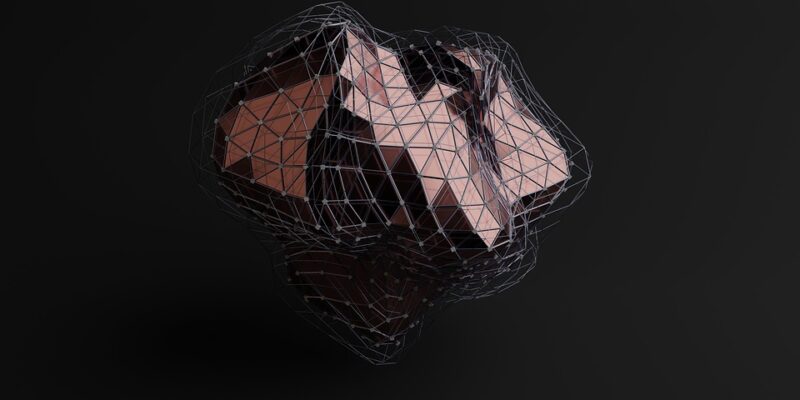The Evolution of 3D Animation Software: A Timeline
Early Beginnings
The history of 3D animation software dates back to the early 1970s, with the pioneering work of Ivan Sutherland and his students at the University of Utah. Their groundbreaking program, Sketchpad, laid the foundation for computer graphics and animation as we know it today.
1980s: The Rise of Commercial Software
During the 1980s, a number of commercial 3D animation software packages emerged, including AutoCAD, 3D Studio Max, and LightWave 3D. These programs introduced features such as ray tracing, shading, and camera controls, allowing artists to create more complex and realistic animations.
1990s: The Era of Digital Content Creation
The 1990s saw a significant advancement in 3D animation software, with the introduction of programs like Maya, Cinema 4D, and Blender. These programs offered a wide range of tools and features for creating high-quality 3D graphics and animations, revolutionizing the film and gaming industries.
2000s: The Dawn of Real-Time Rendering
The 2000s brought about a shift towards real-time rendering in 3D animation software, with the introduction of programs like Unity and Unreal Engine. These programs allowed artists to create interactive 3D experiences in real-time, opening up new possibilities for gaming, virtual reality, and augmented reality.
2010s: The Rise of GPU Rendering
In the 2010s, advancements in graphics processing units (GPUs) led to the widespread adoption of GPU rendering in 3D animation software. Programs like Octane Render and Redshift allowed artists to render complex scenes faster and more efficiently, making it easier to create high-quality 3D animations.
2020s: The Future of 3D Animation Software
As we move further into the 2020s, the future of 3D animation software looks brighter than ever. With advancements in artificial intelligence, virtual reality, and cloud computing, we can expect to see new tools and features that will make it easier for artists to create stunning 3D animations.
Conclusion
The evolution of 3D animation software has come a long way since its early beginnings in the 1970s. From the pioneering work of Ivan Sutherland to the cutting-edge tools and features available in modern programs, 3D animation software has revolutionized the way artists create digital content. As we look to the future, we can expect even more advancements in technology that will continue to push the boundaries of what is possible in the world of 3D animation.
Overall, the timeline of 3D animation software showcases the rapid pace of technological innovation and the incredible impact it has had on the film, gaming, and animation industries. It’s exciting to imagine what the future holds for 3D animation software and the endless possibilities it will bring.
